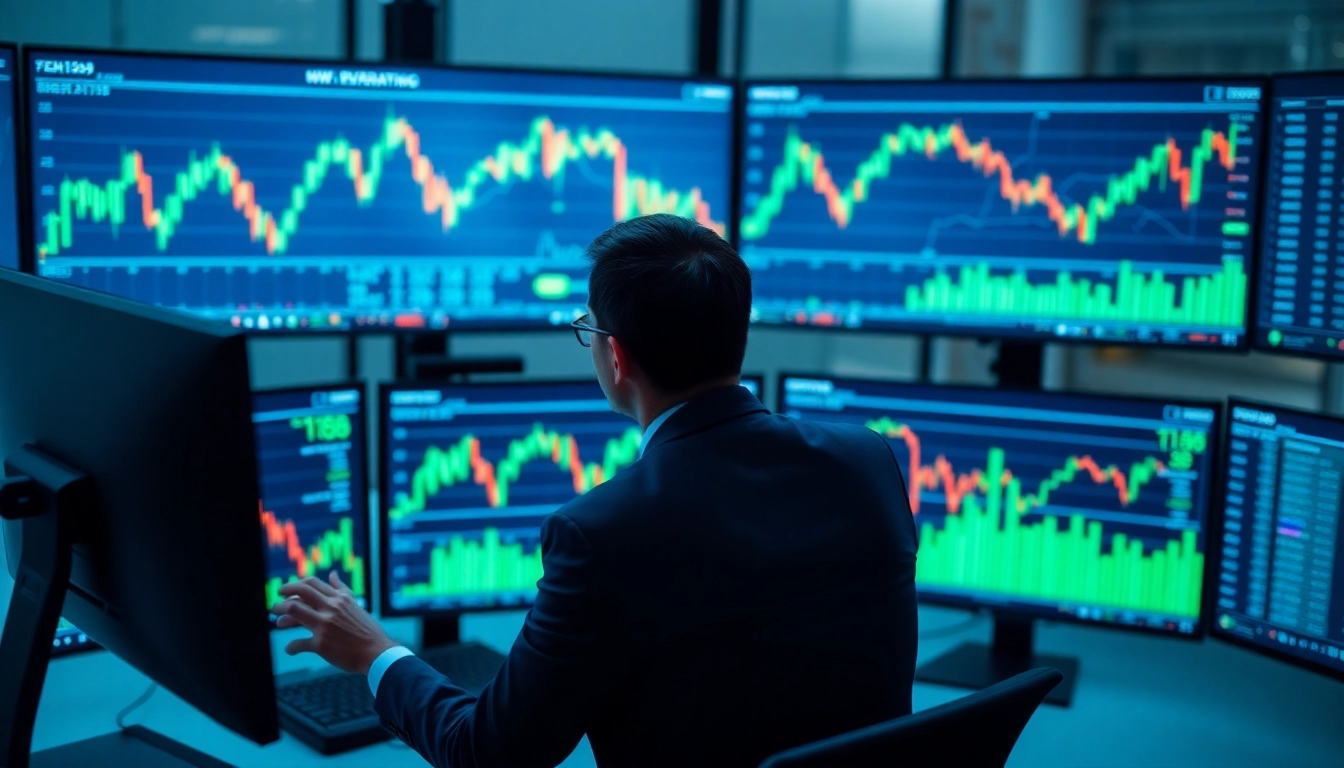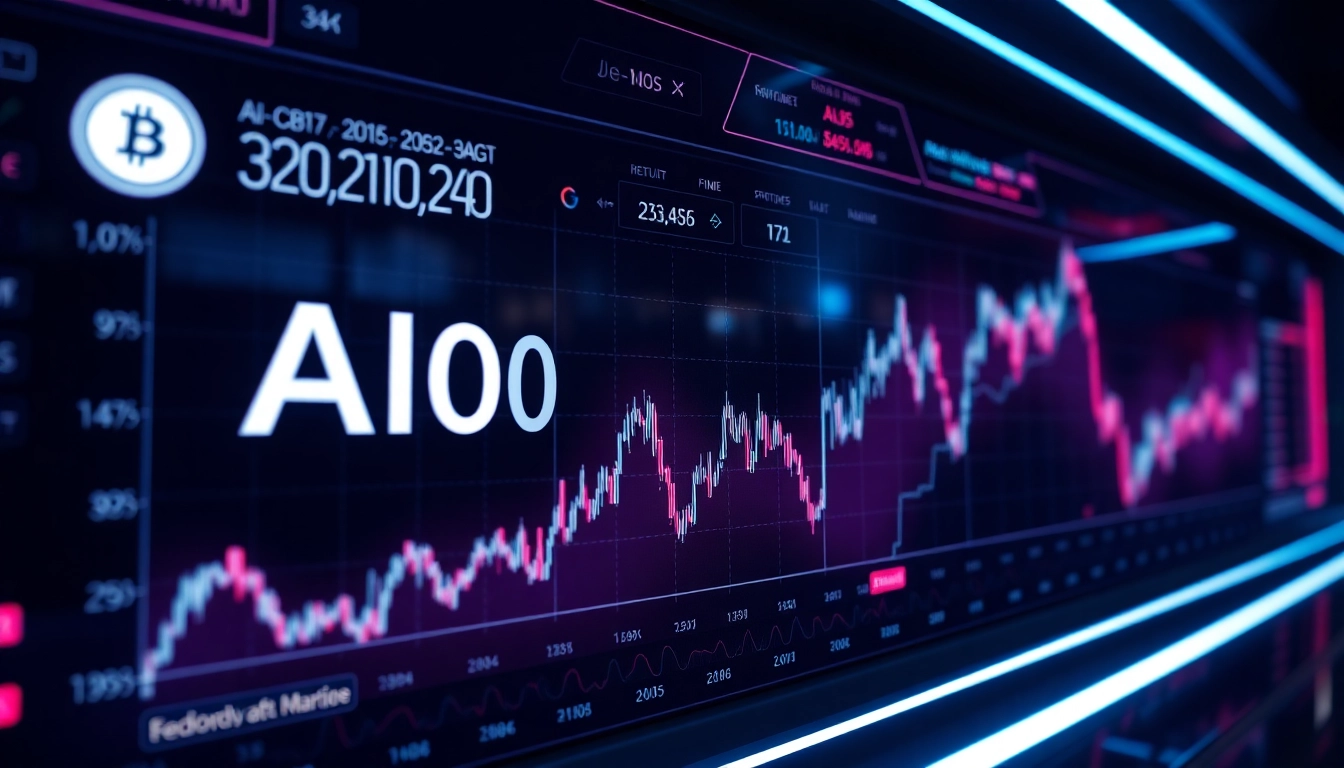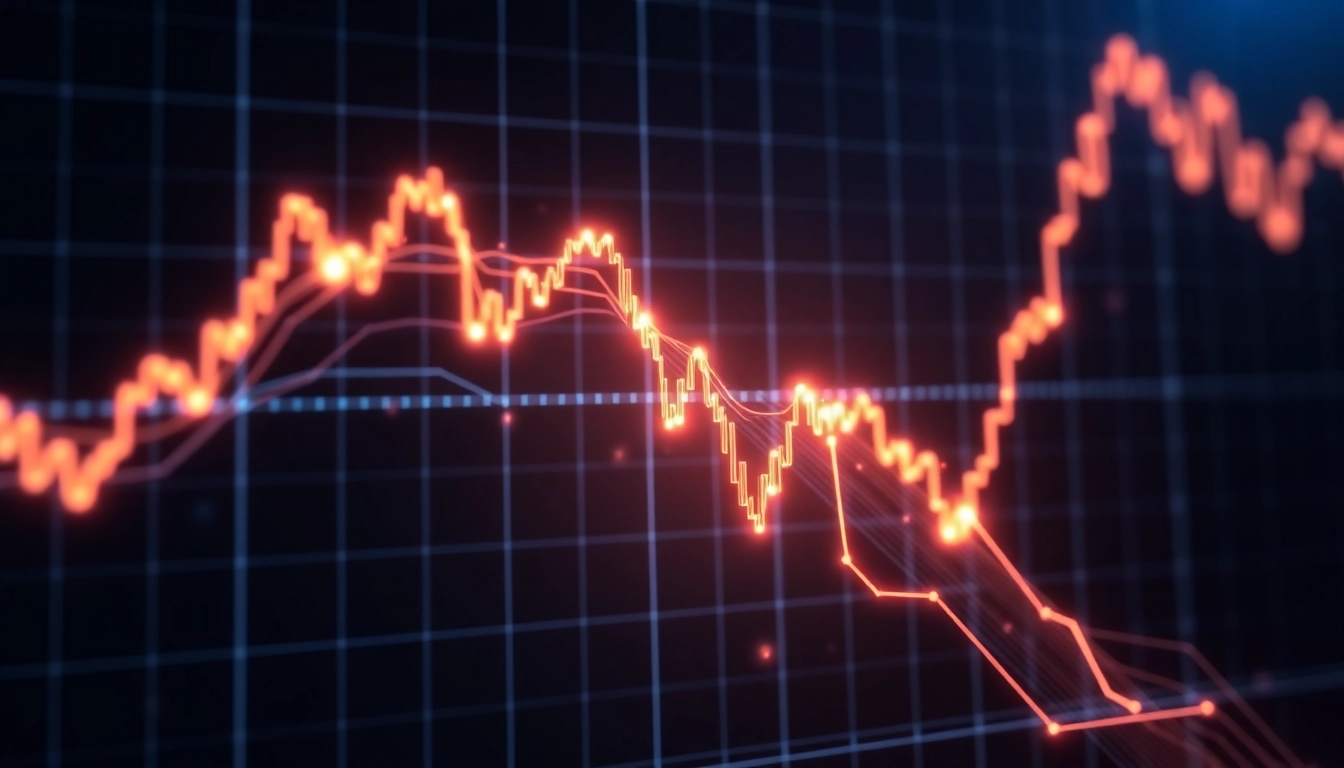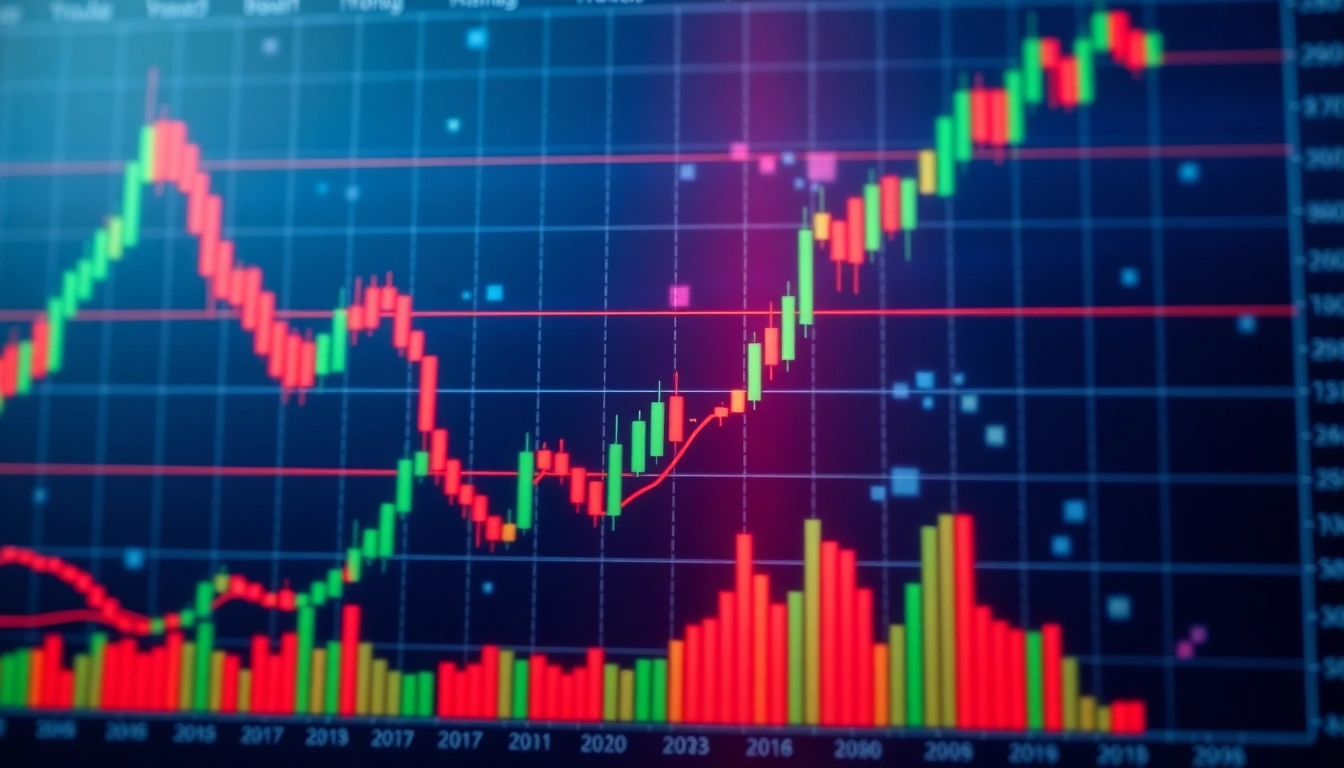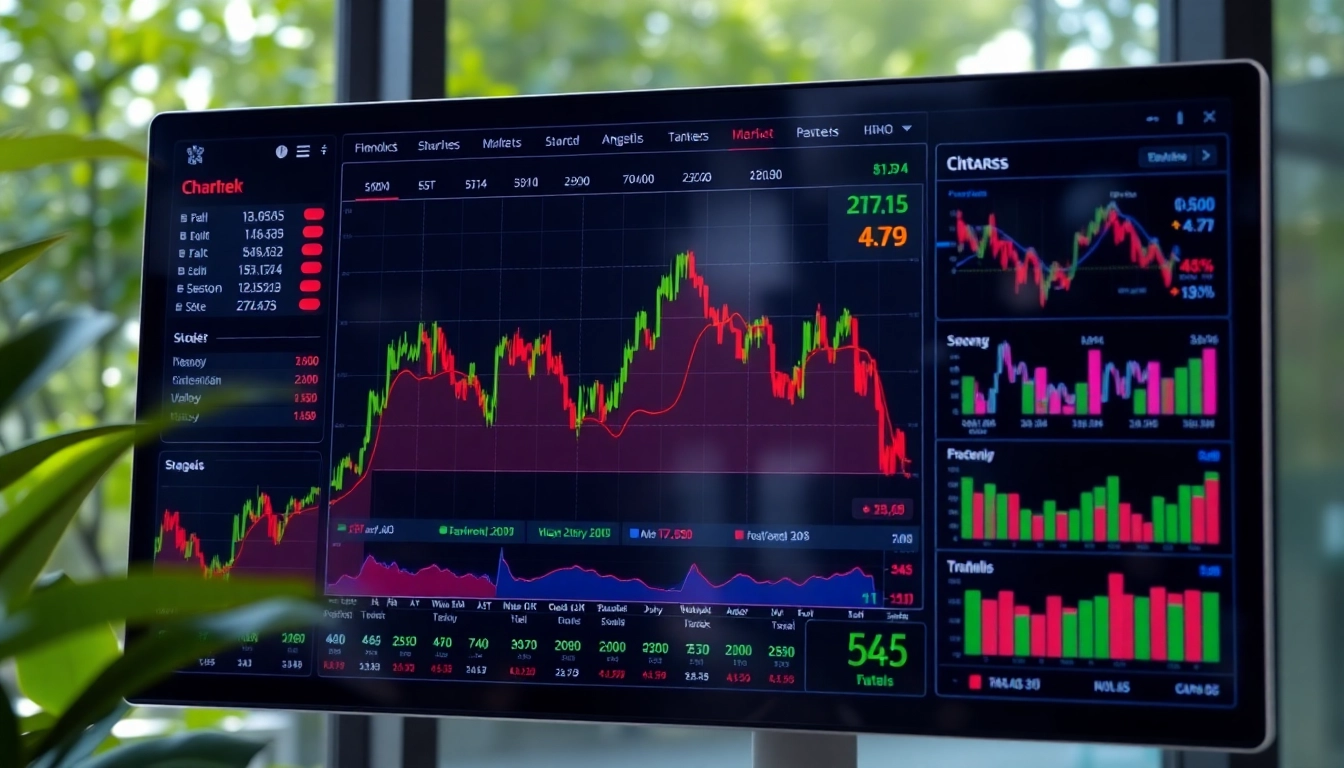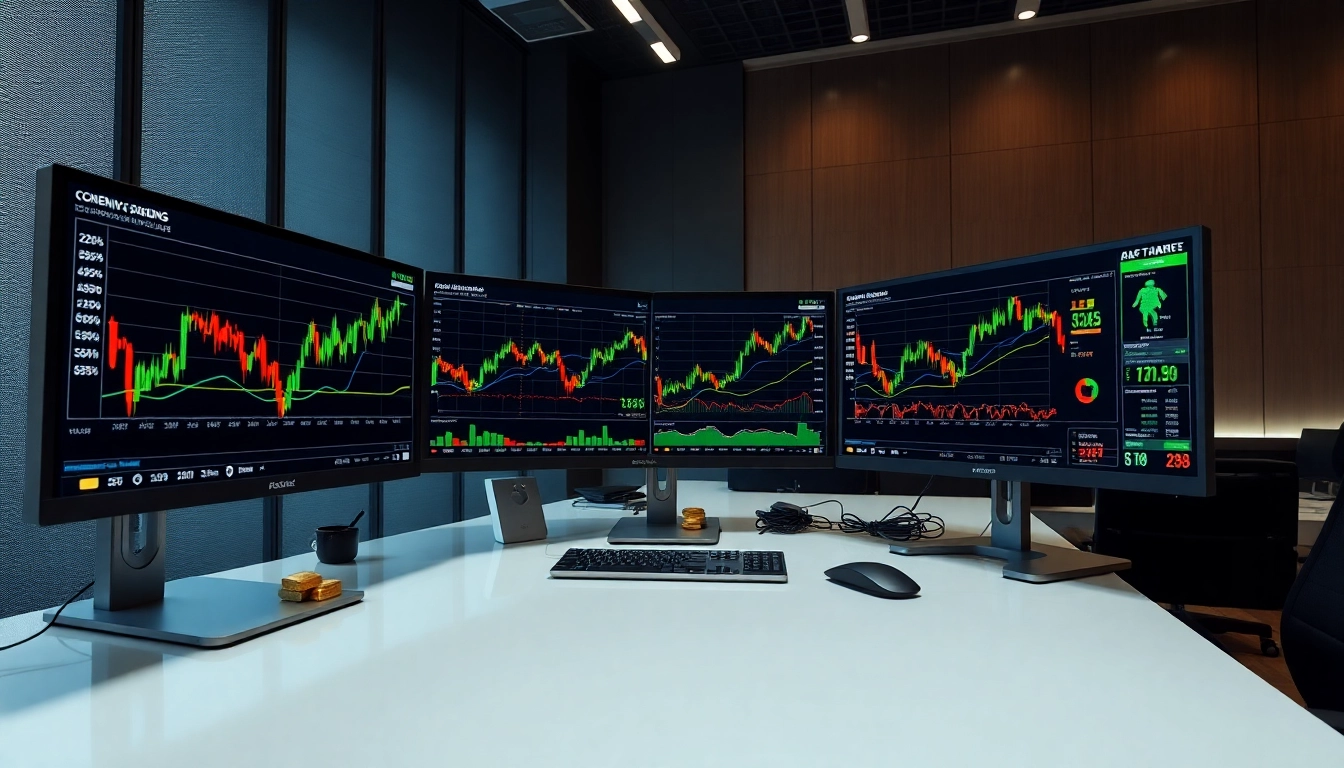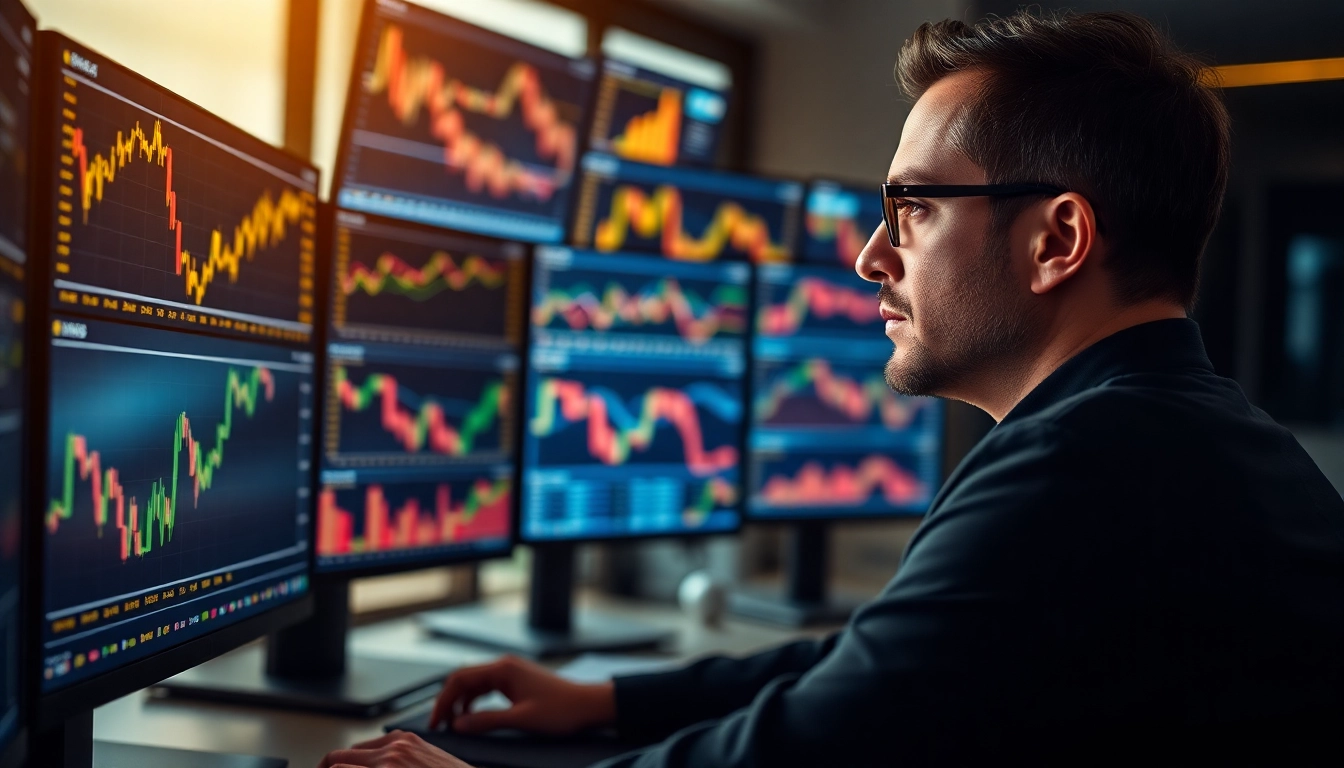Current Market Landscape: Navigating a Complex Financial Environment
The global financial ecosystem continues to experience a dynamic blend of volatility and opportunity, driven by macroeconomic shifts, geopolitical events, and evolving technological innovations. As stock markets remain mixed and commodities hit record highs, traders and investors need to stay informed and adaptable. For comprehensive insights and real-time updates, Trading Investment News offers timely analytical content essential for strategic decision-making.
Understanding Current Stock Market Movements and Their Impacts
Analyzing Global stock market fluctuations
Recently, global equities have exhibited a nuanced pattern—European shares inched higher, while U.S. and Asian markets showed resilience amid mixed signals. This divergence stems from varied economic indicators, policy outlooks, and regional geopolitical tensions. For example, the European STOXX 600 closed up marginally, buoyed by defensive stocks, whereas the Nikkei extended gains to a record high, reflecting investor confidence in Japan’s economic recovery. Such fluctuations highlight the importance of multi-regional analysis, acknowledging factors like trade policies, currency movements, and regional fiscal stimuli.
Key factors influencing market stability
Several interconnected factors are influencing stability. Central bank policies remain paramount—hopes for U.S. rate cuts have strengthened equities but also introduce uncertainties about inflation trajectories. The recent drop in the dollar against major currencies like the yen and euro suggests market anticipation of monetary easing. Additionally, geopolitical concerns, such as U.S.-China trade tensions and protests over tariffs, continue to exert pressure on market confidence. Commodity prices, especially oil and gold, serve as both indicators and buffers; recent price hikes in gold reflect inflation fears, while oil fluctuations are driven by geopolitical tensions and supply-demand dynamics.
Strategies for navigating volatile markets
Adopting disciplined strategies is critical. Diversification across asset classes and geographic regions can mitigate risk. Leveraging advanced analytical tools, including AI-driven models, enables traders to identify emerging patterns and exit signals swiftly. Furthermore, maintaining flexibility—such as adjusting stop-loss levels, hedging positions, and rebalancing portfolios periodically—protects against unpredictable swings. Long-term investors should focus on fundamentals, like earnings growth and macroeconomic trends, rather than short-term noise.
Gold and Commodities: Insights into Record Highs and Price Trends
What drives record gold prices?
Gold has recently soared past $3,500 an ounce, driven by inflation hedging, geopolitical tensions, and monetary easing. As US inflation data is scrutinized and fears of a slowdown persist, gold acts as a safe haven. Central banks, including those in emerging markets, continue buying gold, adding to bullion’s upward momentum. Technologically, gold’s liquidity and historical role as a store of value bolster its appeal in uncertain times. Analysts suggest that if inflationary pressures persist, gold could maintain its upward trajectory, especially as real yields remain low or negative in many economies.
Oil price fluctuations and weekly gains
Oil prices have shown resilience, with recent declines but an overall bullish weekly trend. Brent crude for October delivery dropped marginally but is set for weekly gains, an indication of tightening supply and geopolitical uncertainties. US comments from advisers cautioning against aggressive fuel consumption or extending supply restrictions also influence sentiment. As US and China maintain a cautious stance on tariffs, the extension of the US-China trade pause provides support for oil prices. Future movements heavily depend on geopolitical developments and OPEC’s production policies.
Impact of geopolitical and economic events on commodities
Global events exert significant influence over commodities. For instance, the liquidations from Evergrande Group’s asset sales reflect ongoing concerns about China’s real estate sector, affecting iron ore and steel prices. Similarly, sanctions or import restrictions, like Russia’s crude import policies, influence global supply chains. Geopolitical tensions, especially around Middle Eastern conflicts or US-China relations, tend to trigger quick shifts in prices, underscoring the importance of geopolitical awareness for traders in commodities markets.
Forex and Cryptocurrency Market Updates
Currency trades and U.S. dollar movements
The U.S. dollar has experienced subtle declines against major currencies, with the yen at 146.98 and the euro appreciating to $1.1710. These movements reflect investor sentiment on potential easing measures and inflation outlooks. A weaker dollar often benefits commodities priced in USD and emerges from expectations of Federal Reserve rate cuts. Conversely, further USD strength may intensify currency volatility and impact trade balances.
Cryptocurrency performance amid SEC actions
The crypto market remains volatile amid regulatory uncertainties. Coinbase’s Q2 trading revenue dipped amid SEC scrutiny, while MicroStrategy’s potential Bitcoin purchases signal institutional confidence. Bitcoin and Ether traded flat, with some analysts suggesting that a sustained hold above the 200-week trendline could herald a full bullish rally. Nonetheless, SEC actions continue to inject caution into the market, with investors closely monitoring regulatory developments that could redefine the landscape of digital assets.
Emerging trends in digital currencies and blockchain assets
Digital currencies are increasingly integrating with traditional financial systems, exemplified by Meta’s exploration of partnerships to enhance apps and blockchain-based solutions. Additionally, the NFT market cap has dropped by $1.2 billion, signaling a maturing space rather than a decline in digital asset adoption. Innovations like DeFi and increased institutional participation suggest that cryptocurrencies will become more intertwined with mainstream finance, provided regulatory clarity improves.
Major Financial Institutions and Regulatory News
Bank of England’s stance on Libra and cryptocurrency regulations
The Bank of England has issued strict conditions for Facebook’s Libra (now Diem) crypto project’s UK launch, emphasizing regulation, transparency, and consumer protection. Such regulatory stances reflect broader global concerns about financial stability, AML compliance, and data security, which may shape the future of digital currency adoption in Europe.
Insights into investment rebounds and corporate earnings
Robinhood’s recent profitability in Q2 signals a recovery in retail trading activity, despite a dip in revenue. Meanwhile, asset sales by liquidators of Evergrande underscore ongoing restructuring efforts. Major firms like Barclays are actively reentering emerging markets via reinsurance broker launches, indicating confidence in global economic stabilization. These movements suggest an optimistic outlook, provided macroeconomic risks are managed effectively.
Regulatory updates shaping the financial landscape
Regulators globally are tightening oversight—delivering strict conditions for crypto releases and scrutinizing crowdfunding platforms. Vigilance is key; compliance with evolving rules is paramount for institutional players and traders aiming to operate smoothly within this landscape.
Strategies and Tips for Traders and Investors
Adapting to market trends with analytical tools
Successful navigation requires harnessing cutting-edge technology. AI and machine learning models are now embedded within institutional workflows, enabling rapid identification of trend shifts and risk signals. Retail traders should leverage such tools—many platforms now offer advanced analytics—to enhance decision-making and reduce emotional bias.
Seizing opportunities in mixed markets
In environments where markets are oscillating—like the recent mix of gains and dips—timing and diversification are crucial. For example, diversifying into commodities, protective assets like gold, and carefully picking breakout stocks can position investors favorably. Short-term traders can capitalize on volatility by employing stop-loss orders and dynamic hedging strategies.
Best practices for risk management and portfolio diversification
Robust risk management involves establishing clear limits and regularly rebalancing portfolios based on changing economic signals. Investors should evaluate exposure to high-volatility sectors and consider incorporating inflation hedges, such as commodities and gold. Maintaining liquidity allows swift reactions to sudden market shifts, safeguarding accumulated gains.
